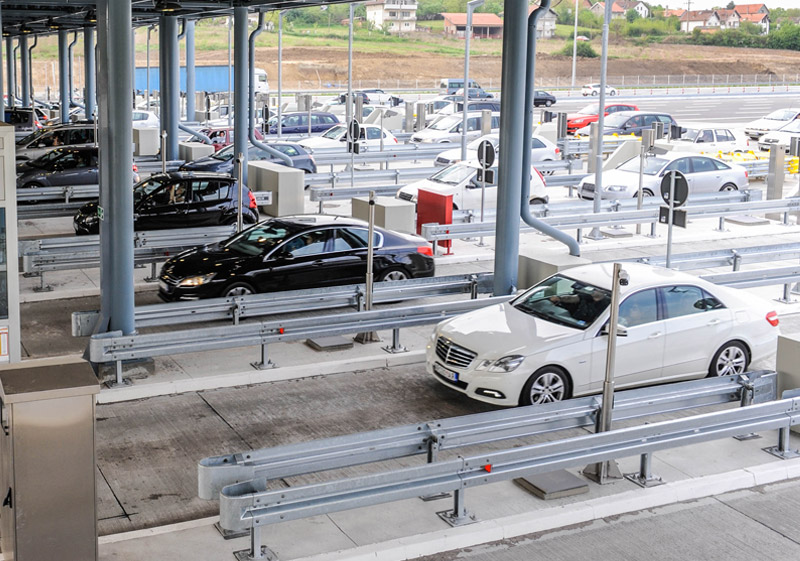4 MinsNovember 17, 2019
Soon, all toll payments on national highways must be done through FASTag, an electronic toll collection system aimed to make travel seamless. FASTag allows commuters to pay toll charges directly from their bank
account or pre-paid wallet, and avoid the hassle/delays caused with handling cash. Going ahead, it is expected that parking fees, e-challan could also be enabled through the FASTag system. Get a FASTag from Axis Bank now and make your travel seamless. Read on to know how to get FASTag and its benefits. Axis has a limited period offer on FASTag where tag fee is made nil!

How to get a FASTag?
There are multiple ways to get a FASTag toll payment system enabled on your vehicle:
- One option is to go to a toll plaza with your KYC and vehicle registration documents to physically buy one.
- The other method is to buy a FASTag online on an e-commerce portal
- The third, and by far the easiest option, is to get one from an authorised bank like Axis Bank.
In the first two options, you have to take a do-it-yourself approach by downloading the My FASTag app to proceed with self-activation. To do that, you will have to manually enter your personal and vehicle details, after which you will have to
link it with an existing bank account of your choice. Plus who wants to visit a toll both by choice, right?
The advantage of the third option is that the entire process of getting and activating a FASTag can be completed from the comfort of your home. For Axis Bank, you pay only security deposit of Rs 200 which is refundable and no more hidden costs.
Visit our website to get exact details on FASTag fees and charges.
To get your FASTag from Axis Bank, start the process by entering your mobile number. The quick and easy process will prompt you to upload your car’s registration certificate (RC) and some basic details as required. Within a few days, a FASTag
welcome kit containing your FASTag sticker and usage guide will arrive at your doorstep.
Once you have obtained the physical FASTag, you need to affix it to your vehicle. Refer to this guide for the entire process. Additionally, you need to ensure
your FASTag has sufficient balance by recharging your FASTag wallet. For Axis Bank, you can recharge here after logging in. To recharge, you can use Credit Card/Debit Card/Net
banking.
You can even transfer money to a FASTag account via NEFT/IMPS with your wallet ID as account number and UTIB0000ETC as the IFSC code.
The minimum recharge for Axis Bank is Rs. 100. There’s also a minimum balance that needs to be maintained depending on vehicle class which can be checked here.
What are the benefits of getting a FASTag?
Using a FASTag is not just about complying with government regulation. Here’s a list of benefits that you get by using ETC for your vehicles:
1. Save time: Not having to wait in long queues while you’re travelling is a big plus.
2. Save fuel: Burning precious fuel while waiting in line to pay the toll is no longer a necessity.
3. No handling of cash: With a FASTag you’ll be able to focus on driving without having to worry about having the exact toll amount when you’re passing a toll plaza.
4. Track your spends: You’ll get an SMS alert for every time you pass a FASTag toll booth and a deduction takes place. Additionally, customers can also check their FASTag statements on the FASTag customer portal. These will
allow you to keep track of your road toll spends and also your travel.
5. Online recharge: Being able to recharge the FASTag online makes it a hassle-free process that can be done from anywhere as long as you have internet connectivity.
6. Cashback: For the current financial year FY19-20, all payments made using FASTags will get a cashback of 2.5% (up to March 2020)
Disclaimer: This article has been authored by Siddharth Parwatay, a Mumbai based independent tech-journalist, editor, and content-creator. Axis Bank doesn't influence any views of the author in any way. Axis Bank and/or the author shall not be responsible for any direct / indirect loss or liability incurred by the reader for taking any financial decisions based on the contents and information. Please consult your financial advisor before making any financial decision.














